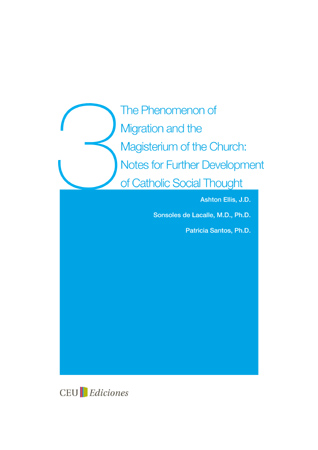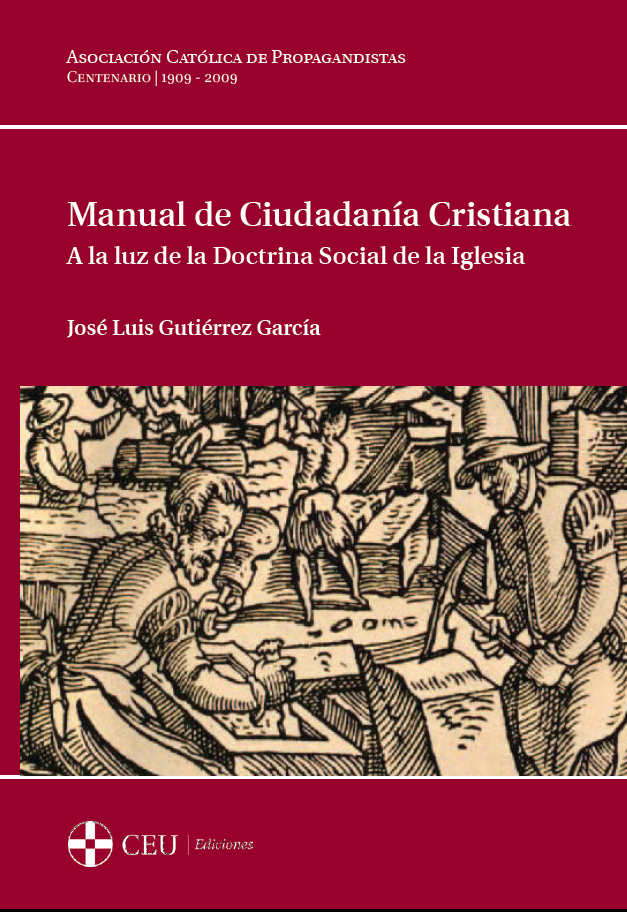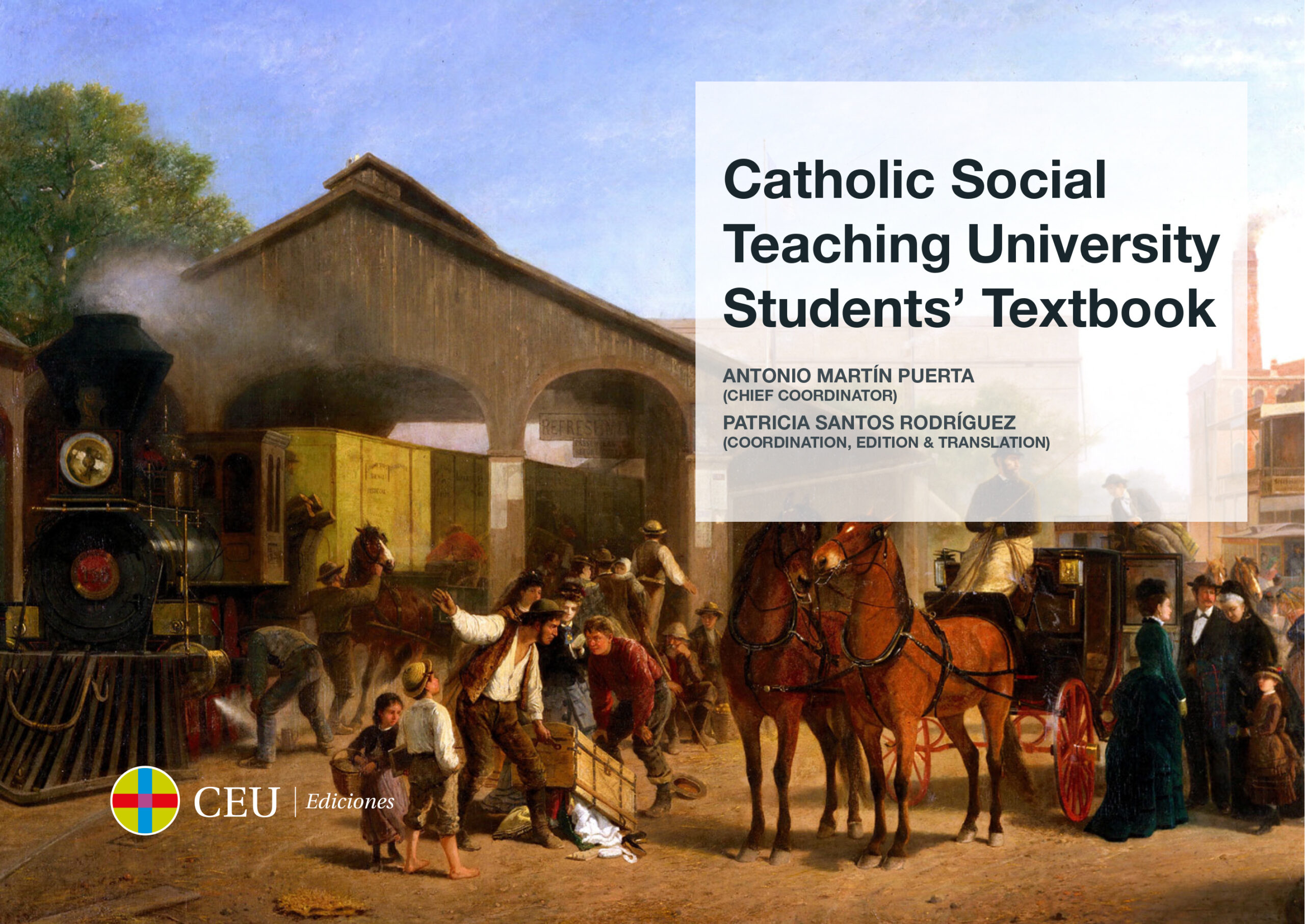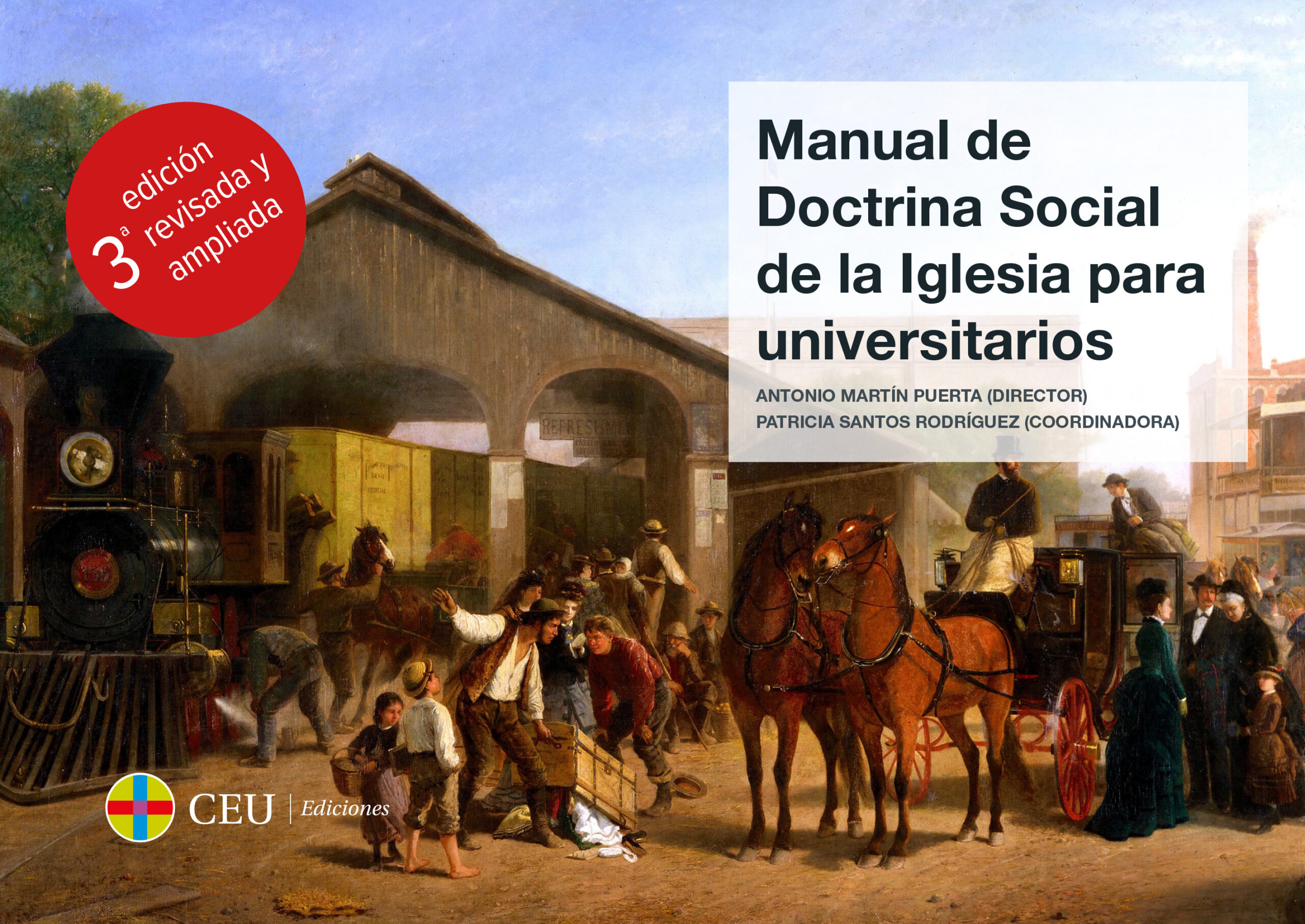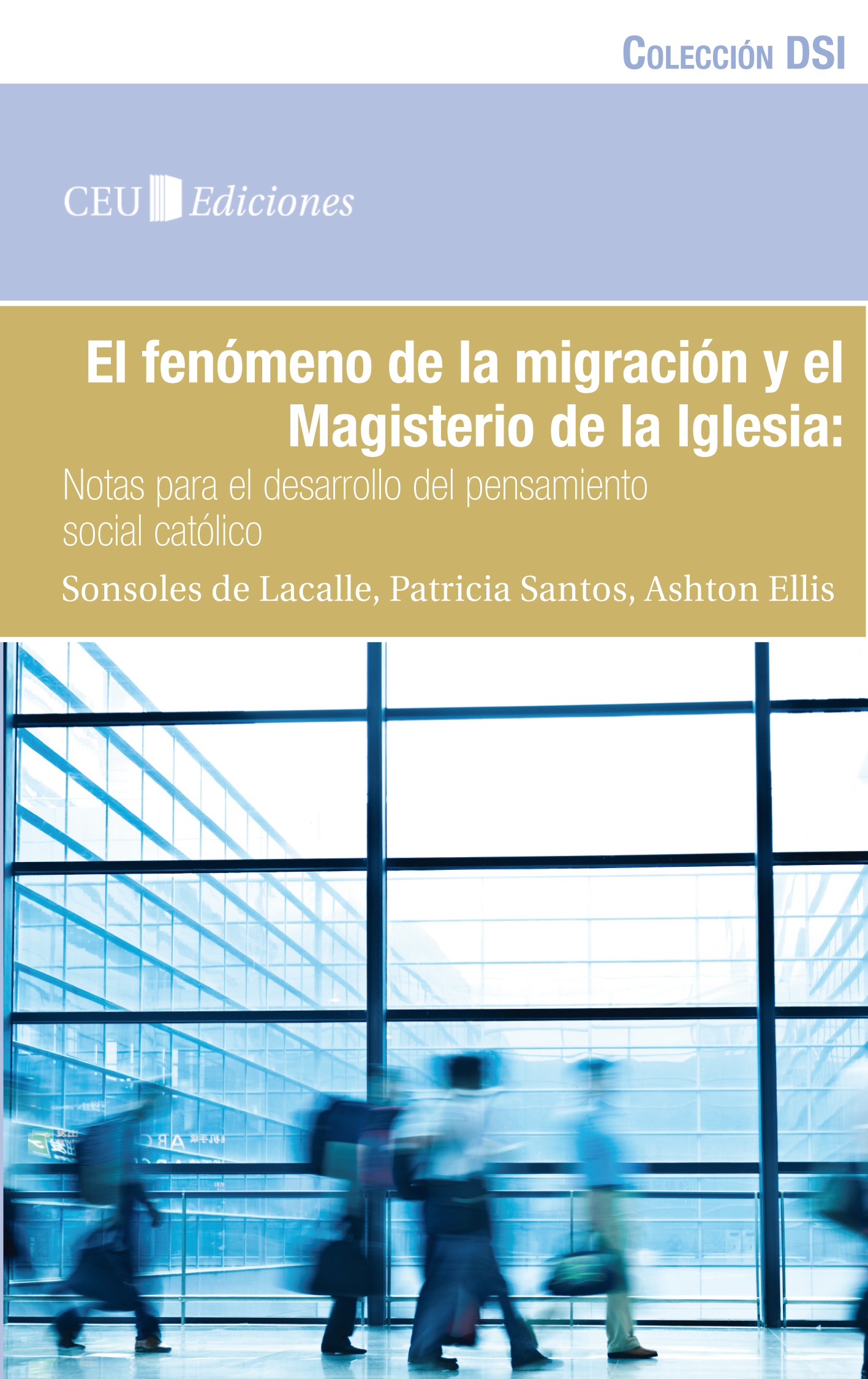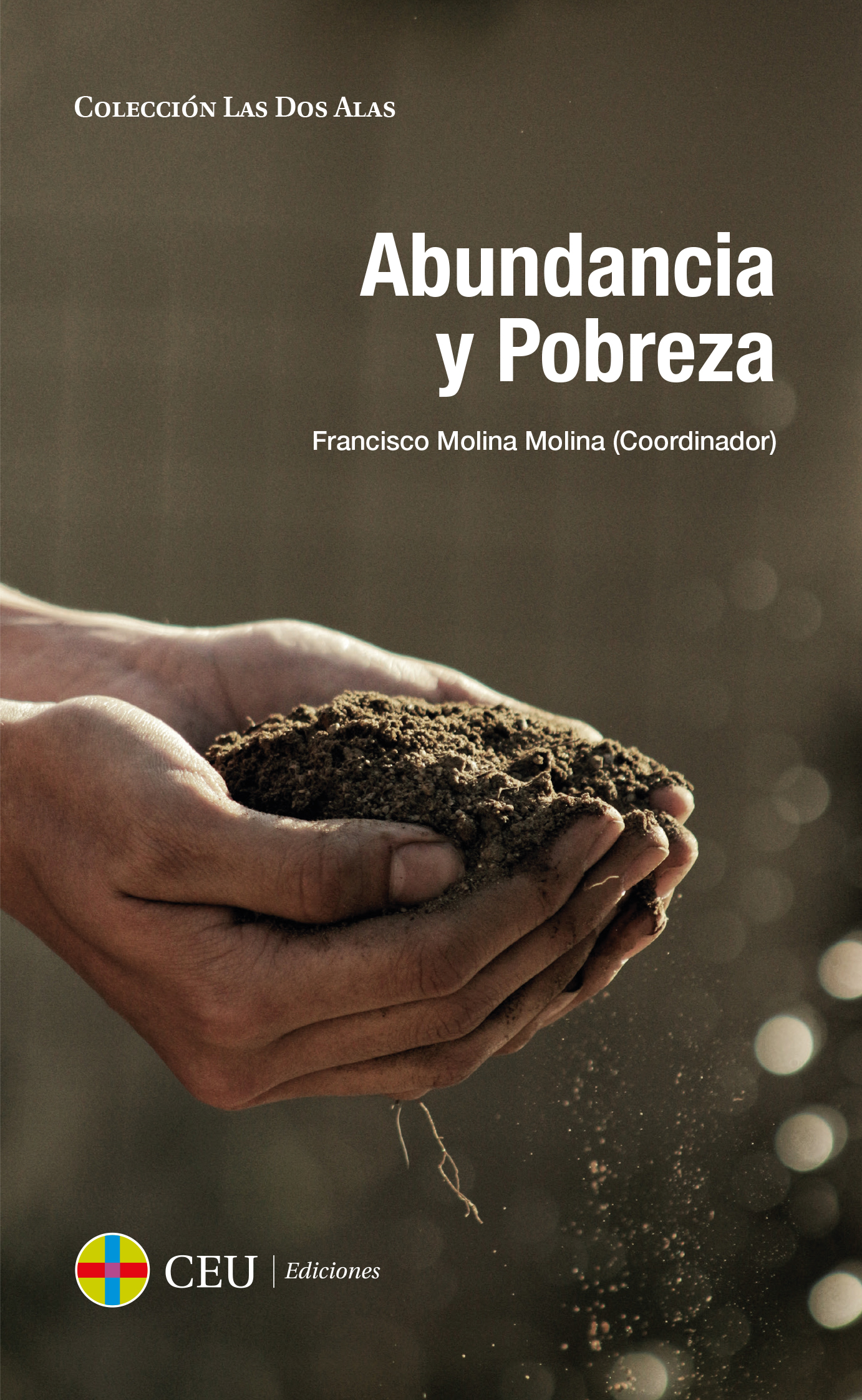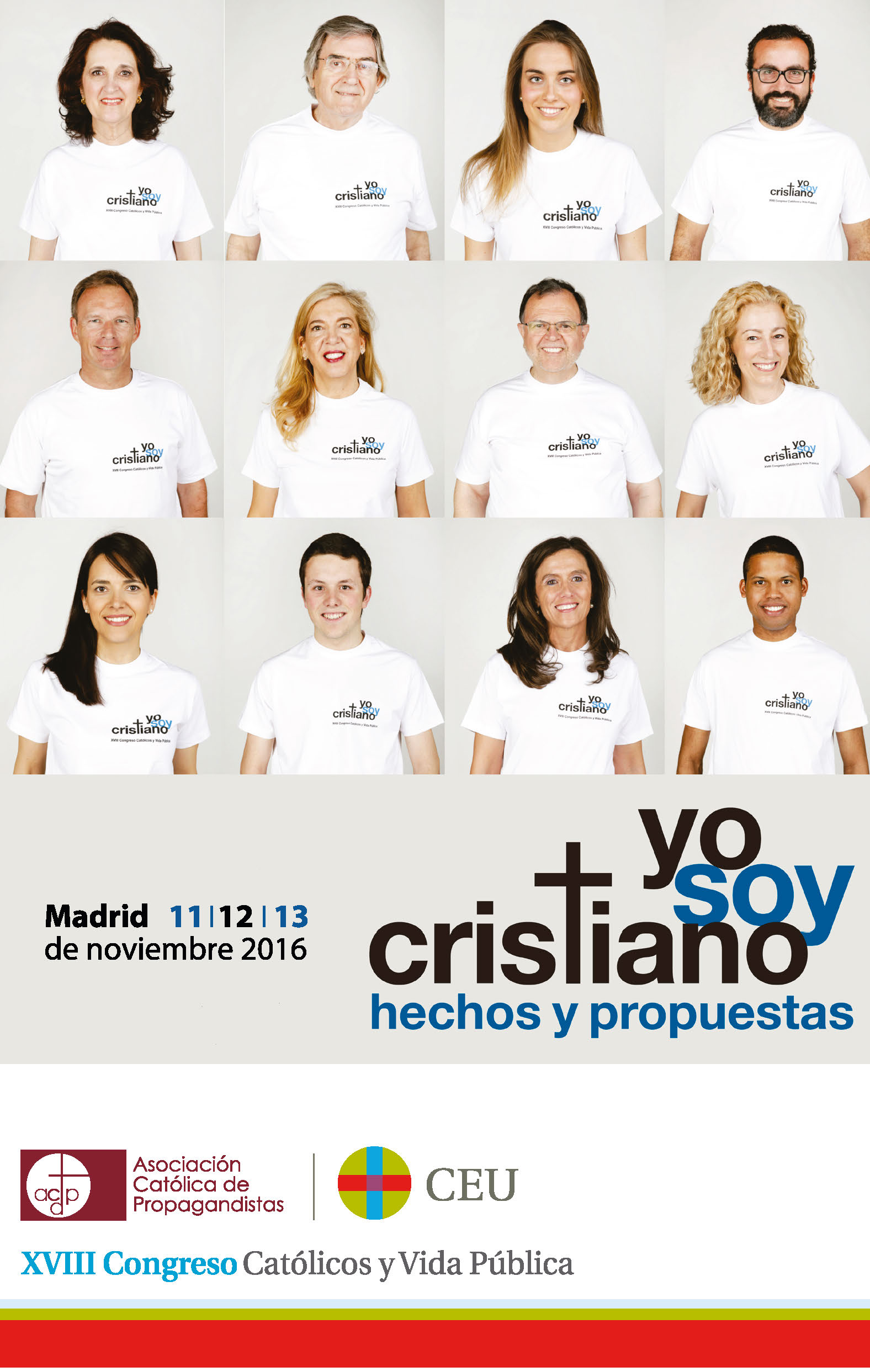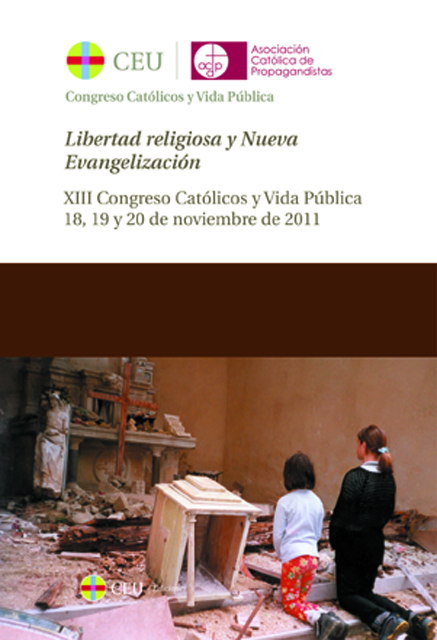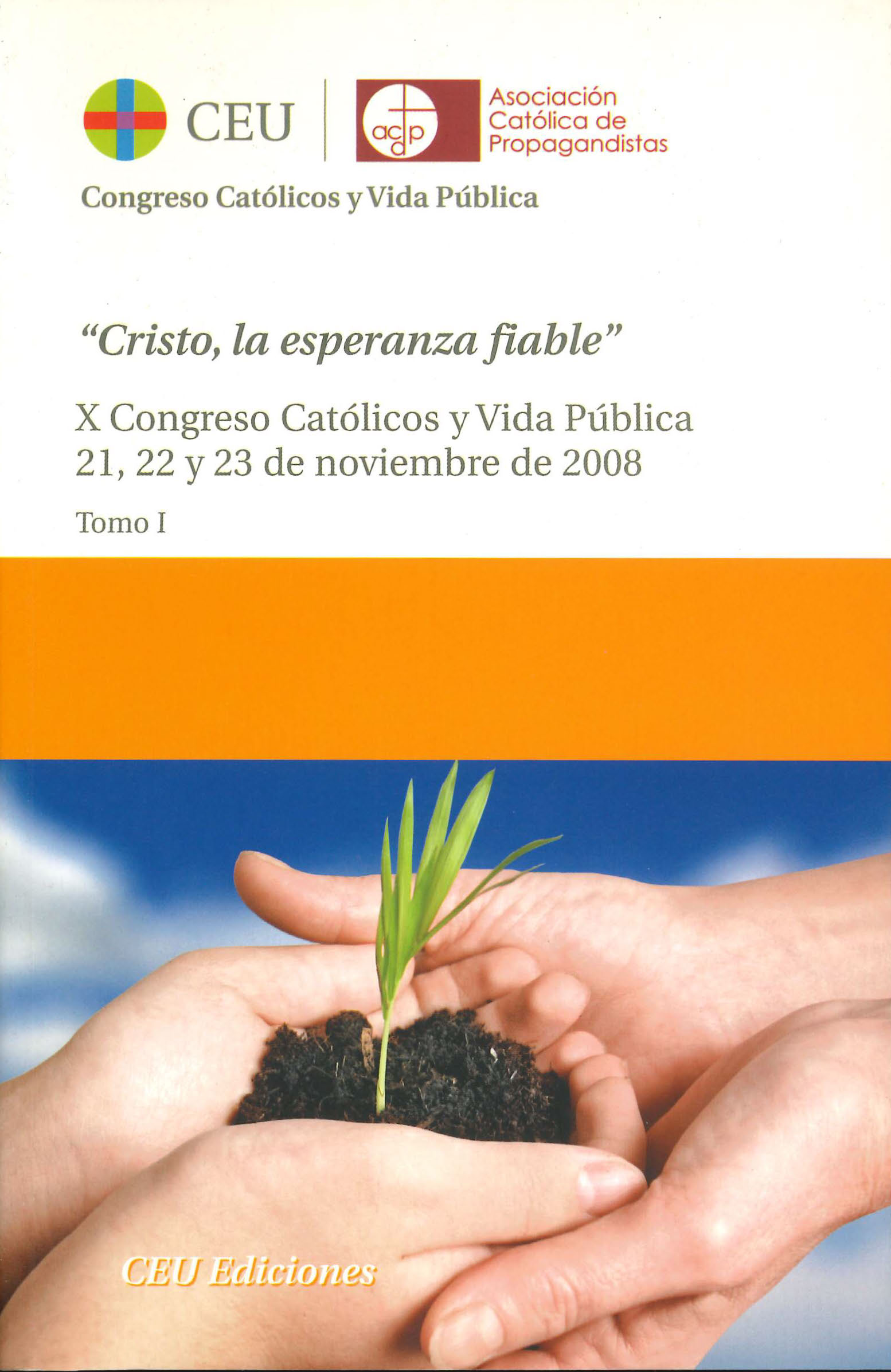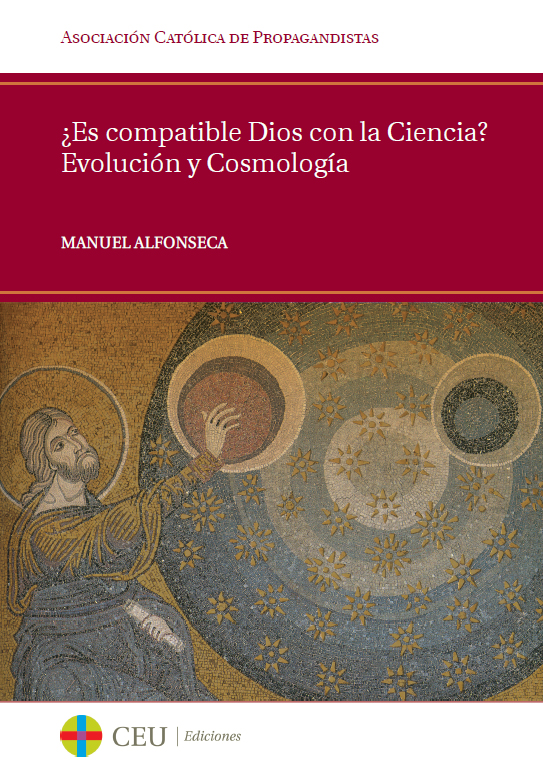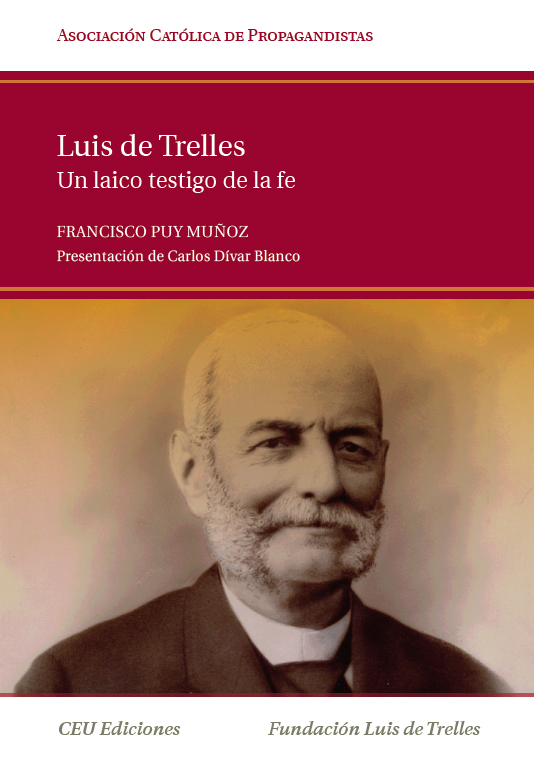The phenomenon of migration and the Magisterium of the Church: notes for further development of Catholic Social Thought
4,80€
Sin existencias
Avisarme cuando esté disponible
According to Cohen1 during the next 50 years international migration is likely to remain an important component of population dynamics. In the mid–1990s, about 125 million people (2% of world population) resided outside of their country of birth or citizenship. In 1990, only 11 countries in the world had more than 2 million migrants and they collectively had almost 70 million. The larger number of migrants were found in the US (19.6 million), India (8.7 million), Pakistan (7.3 million), France (5.9 million) and Germany (5 million). The countries with the highest percentage of international migrants in the total population were countries with relatively small populations. In the United Arab Emirates, Andorra, Kuwait, Monaco and Qatar, 64-90% of the population were immigrants.
UN predictions posit migration from less to more developed regions of 2.6 million people annually during 1995–2000, declining to about 2 million by 2025–2030, and remaining constant at that level until 2050. The US is anticipated to increase annually by 1.1 million of these 2 million migrants, more than 5 times the number expected to be added annually to the next largest recipient, Germany (211,000). The major sending countries are expected to be China, Mexico, India, the Philippines and Indonesia.
Migration is a complex phenomenon, which is sometimes voluntary, sometimes forced. Mainly, it is due to economic, social, cultural, religious and scientific or technical reasons. Moreover, its consequences are far-reaching in all aspects of modern societies: their new multicultural constitution, their living standards, their models or patterns of consumption, and their customs. Above all, migration is seen as an opportunity for dialogue and communion, for growth and enrichment; in other words, integration. Pope John Paul II drew attention to this: “In the case of many civilizations, immigration has brought new growth and enrichment. In other cases, the local people and immigrants have remained culturally separate but have shown that they are able to live together, respecting each other and accepting or tolerating the diversity of customs
También te recomendamos…
-
 Añadir
AñadirManual de Ciudadanía Cristiana. A la luz de la Doctrina Social de la Iglesia
DSI
Autor: Gutiérrez García, José Luis;15,00€ -

-
 Añadir
AñadirManual de Doctrina Social de la Iglesia para universitarios
DSI
Autor: Martín Puerta, Antonio; Cortes Pacheco, Carmen; Fernández de la Cigoña Cantero, Carmen; Grande Aranda, Juan Ignacio; Llave Cuevas, Jesús María de la; Macaya Pascual, Antonio; Martínez-Carbonell López, Alfonso; Mini, Alessandro; Santos Rodríguez, Patricia;12,00€ -

-

Productos relacionados
-
 Añadir
AñadirActas XVIII Congreso Católicos y Vida Pública. Yo soy cristiano. Hechos y propuestas. Madrid, 11,12 y 13 de noviembre 2016
DSI
Autor: Varios autores;20,00€ -
 Añadir
AñadirActas XIII Congreso Católicos y Vida Pública. Libertad religiosa y Nueva Evangelización. 18, 19 y 20 de noviembre de 2011
DSI
Autor: Varios autores;20,00€ -
 Añadir
AñadirActas X Congreso Católicos y Vida Pública. Cristo, la esperanza fiable. (2 vols.) 21, 22 y 23 de noviembre de 2008
DSI
Autor: Varios autores;40,00€ -
 Añadir
Añadir¿Es compatible Dios con la ciencia? Evolución y cosmología
DSI
Autor: Alfonseca Moreno, Manuel;12,00€ -
 Añadir
Añadir

